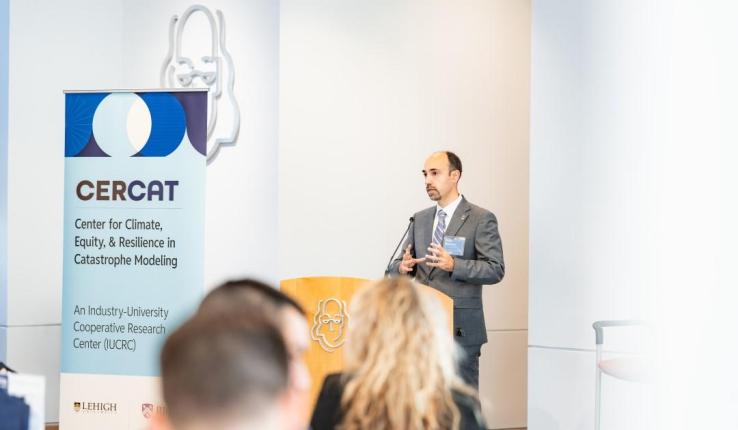A major roadblock to computational design of high-entropy alloys has been removed, according to scientists at Iowa State University and Lehigh. Engineers from the Ames Lab and Lehigh’s Department of Mechanical Engineering and Mechanics have developed a process that reduces search time used for predictive design 13,000-fold.
According to Ganesh Balasubramanian, an associate professor at Lehigh, the goal of the team’s research was to accelerate the computational modeling of complex alloys. The tools available for creating random distribution of atoms in materials simulation models, he says, have been used for many, many years now and are limited in their reach for fast model generation.
Apart from being resource intensive and lacking exhaustivity, says Balasubramanian, the time duration necessary to generate robust models for materials simulations are extensive even with supercomputing advances. The team has now overcome this hurdle by developing a hybrid version of an algorithm called the Cuckoo Search, which is inspired by the evolutionary strategy of Cuckoo birds.
“The speed up to solution time was not surprising, but the factor reduction in time―13,000-fold―was indeed startling,” says Balasubramanian. “What took about a day to accomplish, can now be done in seconds. This tool can expedite model generation, but also enable creation of physically realizable systems that now can be directly compared against experimental samples.”
The research is described in a paper published in Nature Computational Science called "Accelerating computational modeling and design of high-entropy alloys" (DOI: 10.1038/s43588-020-00006-7). In addition to Balasubramanian, authors include: Duane D. Johnson, engineering faculty at Iowa State University and faculty scientist at Ames Laboratory, as well as Rahul Singh, Aayush Sharma and Prashant Singh.
High-entropy alloys are alloys that are formed by mixing equal or relatively large proportions of five or more elements. Balasubramanian works specifically with multi-principal element alloys, a new class of materials and a superset of high-entropy alloys which are alloys formed by mixing significant and varying proportions of multiple elements. These are different from conventional alloys such as steel, which is mostly made of iron. Preliminary studies have demonstrated that multi-principal element alloys have superior mechanical strength and hardness, making them ideal as a protective coating on components like turbine blades, medical implants, ship surfaces, and aerospace parts.
“The purpose of our work on this was to optimize alloy design and, due to the results, we hope it will change design practices in materials for the better,” says Balasubramanian.
There are many areas that use optimization such as stock markets, commerce and engineering systems design. While developed using materials simulations as a testbed, this computational tool is applicable to any area of work requiring optimization, says Balasubramanian.
Balasubramanian’s work on this was supported by a National Science Foundation CAREER grant. Ames Laboratory is a U.S. Department of Energy Office of Science National Laboratory operated by Iowa State University.





